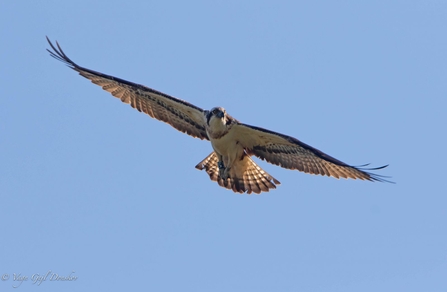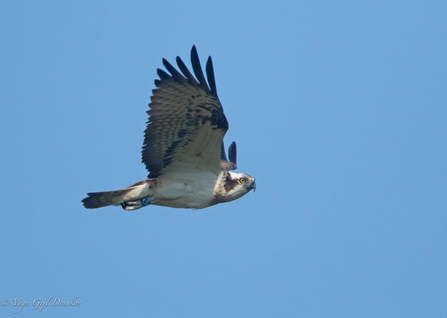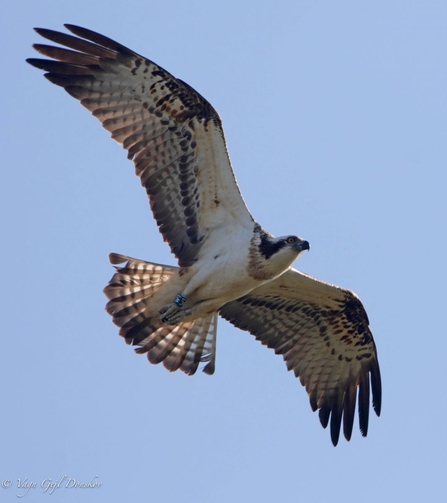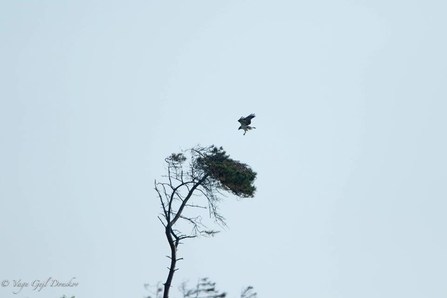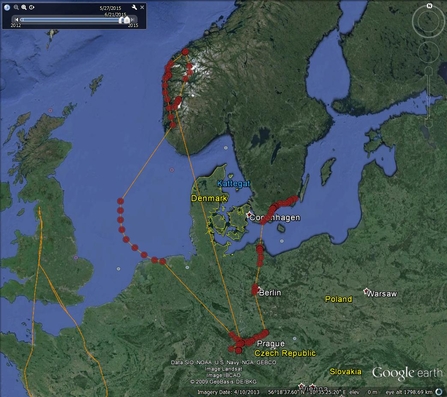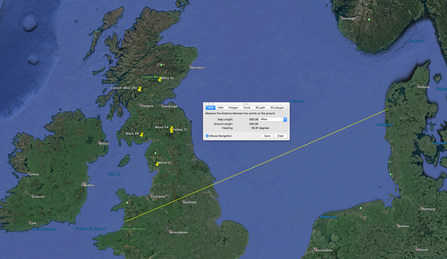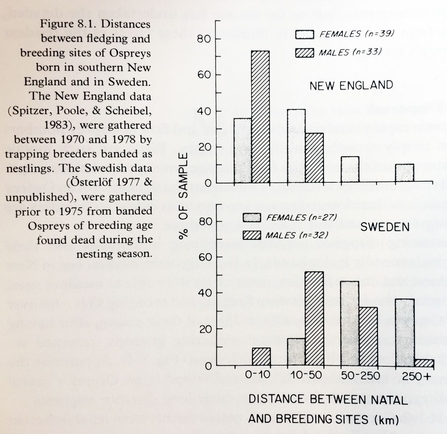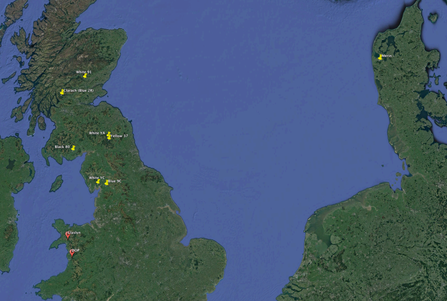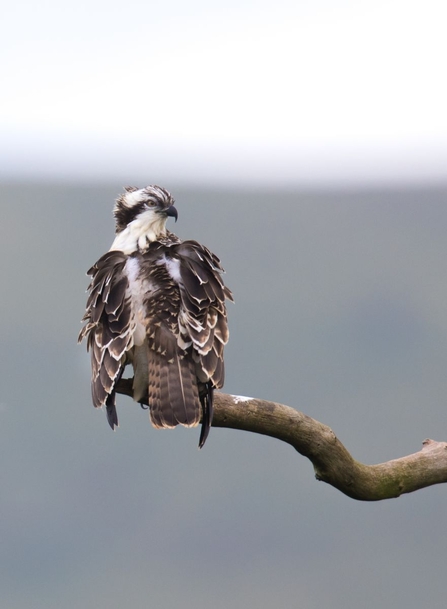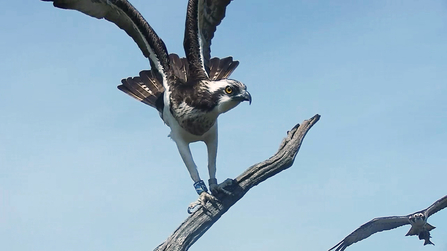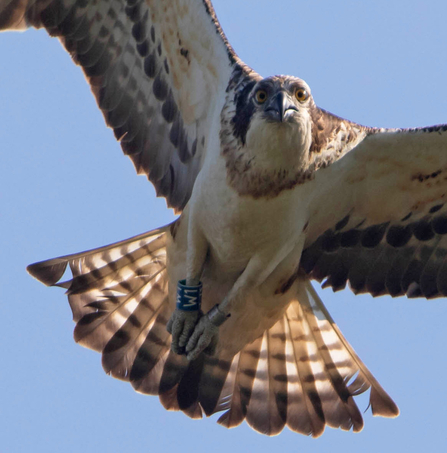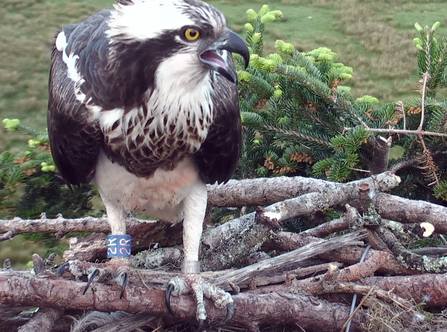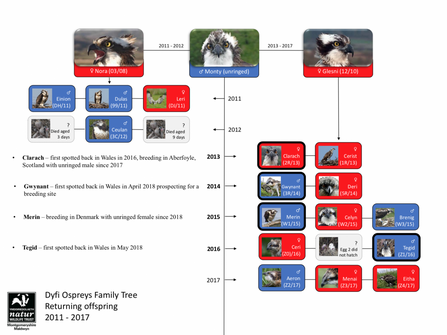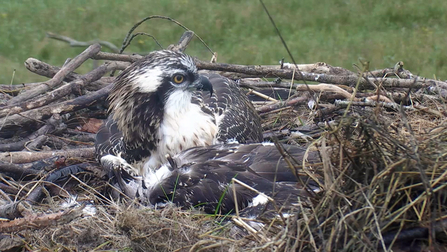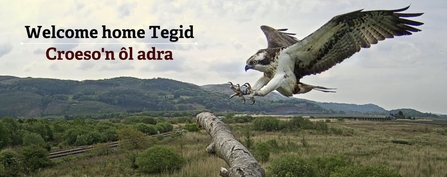Q. What could be better than news of a Dyfi chick returning as an adult?
A. Two birds returning of course.
And so it was last week. Welsh osprey ringer Tony Cross messaged me early Wednesday morning to say that a Blue W1 (Merin - a male chick from the 2015 brood) was nesting in Denmark.
DENMARK???!!!
Some other countries do use blue rings as we do in the UK, so before telling everyone about the potential great news, I though it best to carry out some 'extra checks', just in case. Once incorrect information is out there, you cannot pull it back.
Another 24 hours was enough to provide all the information we needed - and more. Photographer Vagn Donskov sent me the most amazing images you could wish for from Denmark - it was Merin alright, no question. His was a Darvic ring used only in the UK.
Here are some of Vagn's photographs of Merin:

